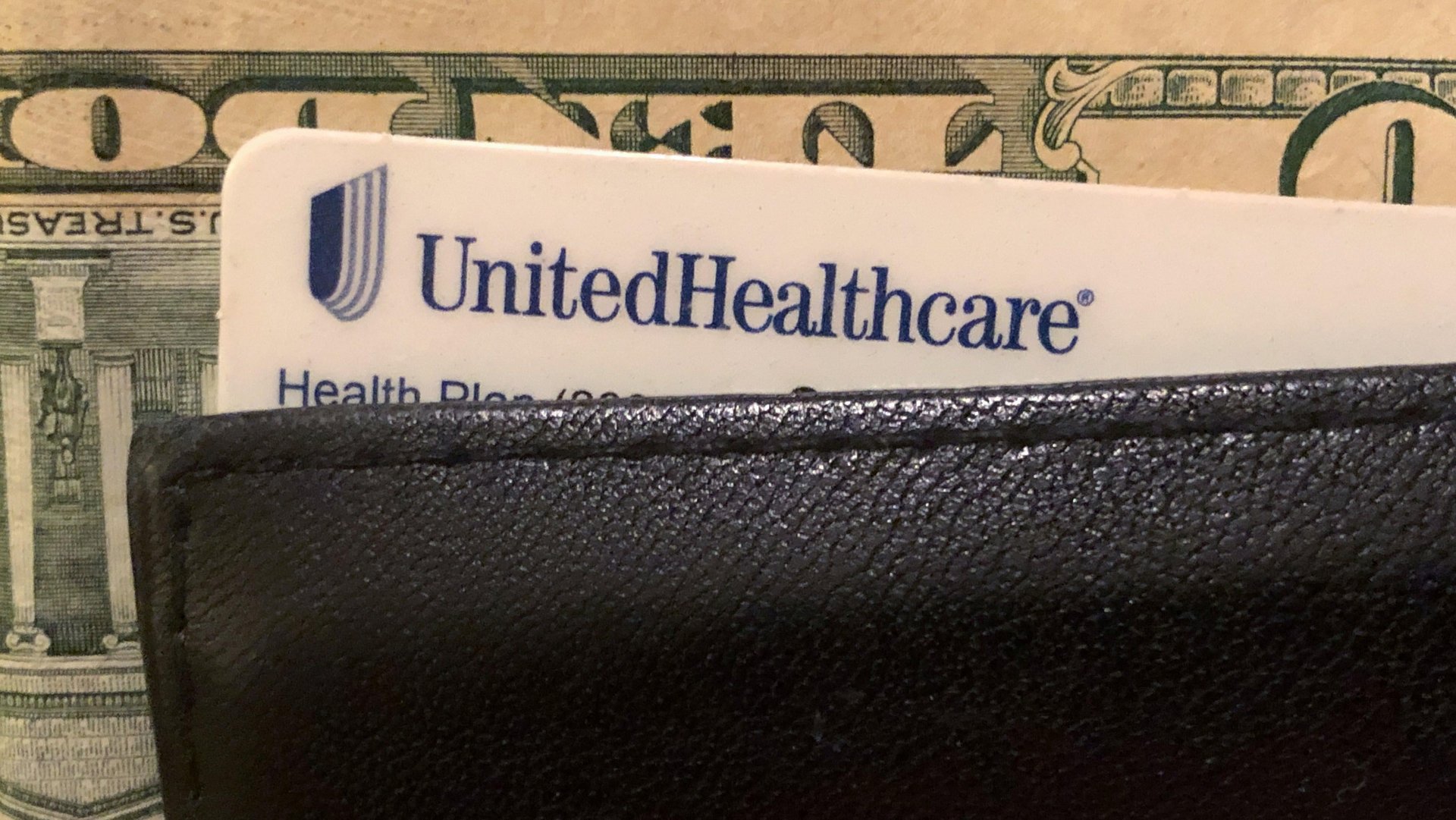Health insurance rates will rise faster in 2023 in these US states
The US average increase will be 3.5%, but depending on the state, the price tag might go up by significantly more

Inflation may have slowed down, but the price hikes of 2022 will be felt in next year’s insurance premiums, according to the latest analysis by Value Penguin, an insurance comparison site.
The site compared data on insurance policies available via the federal and state marketplaces for people who were not covered by employer-sponsored insurance or Medicare and Medicaid.
On average, individuals buying insurance for themselves will spend 3.5% more in 2023 than they did in 2022, and in some states they will face a much more significant hike: In Georgia and Colorado, premiums will rise by about 20%, and in Wyoming, Alaska, and New Mexico by 15%.
The states where insurance will go up the most
The analysis considered a 40-year-old as the average user (gender didn’t have an impact on insurance premiums), and looked at the price of buying a silver plan, which is the most commonly purchased on the marketplace. The research found that on average, the monthly cost (not accounting for subsidies) in 2023 will be $560, up from $541 in 2022.
These numbers, however, scarcely convey the dramatic change in some states. In Georgia and Colorado, insurance will go up by $80—jumping from $394 to $474 in Georgia and from $409 to $489 in Colorado. In Wyoming, the most expensive state to buy insurance, the percentage increase will be lower but the price will go from $764 to $882, and in Alaska from $715 to $822.
Prices will increase in 36 states, while in the rest of the country rates will remain steady or go down slightly. A handful of states, however, will experience reductions in premiums: In South Dakota, prices will go down 2.3%, bringing the cost of insurance from $811 to $792, in Nebraska the policies will cost $33 less, from $685 to $652 (a decrease of 4.8%), in Idaho they’ll go down 6.4% (from $516 to $483) and in Louisiana by 10.4%, from $728 to $652. Virginia will experience the biggest decrease, 17%, from $512 to $425.
An expected hike
The reasons behind the significant price increases or decreases vary depending on the states. In Wyoming, the high costs are due to lack of competition, as only two providers offer policies on the marketplace. In Colorado, too, fewer plans will be offered next year, despite the introduction of a public-private option developed by the state. Virginia and Louisiana, on the other hand, will likely benefit from inflation control measures.
In the past few years, according to analysis from the Kaiser Family Foundation (KFF), overall prices have not increased by much. They went up only slightly in 2021, after barely changing in 2020, and decreased slightly in 2019.
Inflation and the cost of covid coverage , which is being passed on to policy holders, boosted rates more than expected, especially when considering the overall trend in health insurance prices.
It is difficult to compare the figures analyzed by KFF and the ones provided by Value Penguin, as KFF includes employer-provided insurance in its costs and higher tier plans. Together the data is useful to compare historical trends (Value Penguin does not have historical data on its analysis).
A look at the overall cost of health insurance shows a dramatic increase since 1999, in particular for family coverage, which went from $5,700 a year to $22,500, more than doubling if adjusted for inflation ($5,700 in 1999 amounts to $10,300 in 2022).